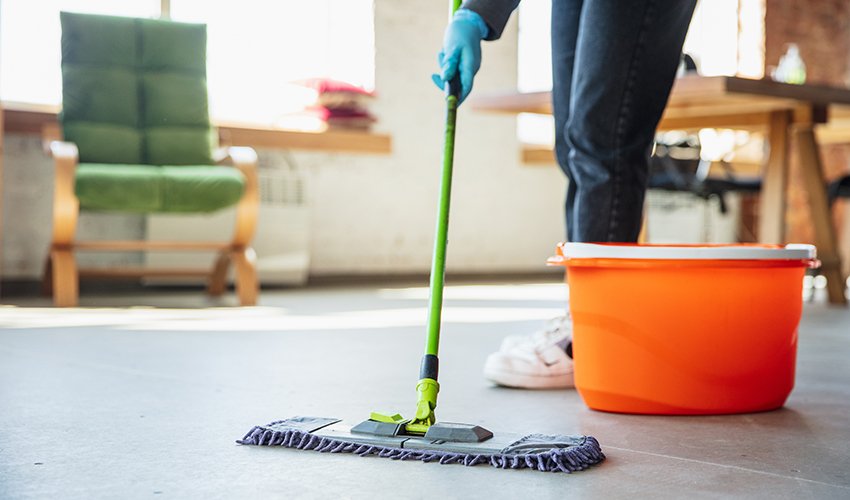
Ah spring, birds chirping, flowers blooming, pollen wafting in the wind making people with allergies miserable.
Pollen grains are tiny “seeds” dispersed from flowering plants, trees, grass, and weeds. In the spring, it becomes an airborne allergen that can affect the health of people with allergies and/or asthma. Pollen exposure can trigger various allergic reactions, including rhinitis—with symptoms of sneezing, runny nose, and congestion—and conjunctivitis—leading to red, watery, or itchy eyes, according to the U.S. Centers for Disease Control and Prevention (CDC).
Exposure to pollen has also been linked to asthma attacks, causing diminished productivity at work and school and increased hospital admissions for respiratory illness.

Vacuum regularly but be sure to use a vacuum with a HEPA filter. A regular vacuum filter allows small allergens to pass through and shoot back into the air, making the situation worse.
Avoid using cleaners and detergent with strong scents, which may trigger sensitivities in people with allergies.
Don’t forget to wear a mask while cleaning so you don’t breathe in any dust or pollen you kick up.
Don’t neglect building entryways. A clean entryway can limit the amount of dust, dirt, and pollen tracked into a building by shoes.